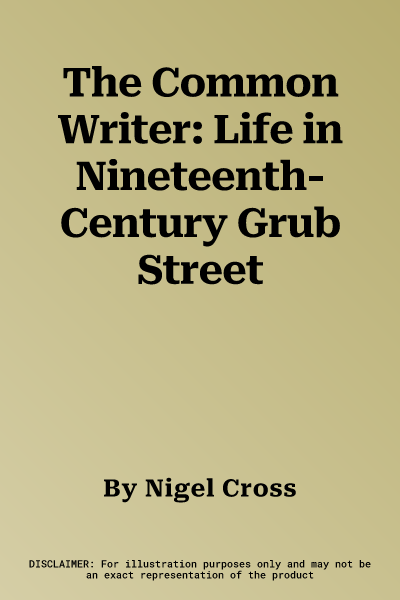Nigel Cross
(Author)The Common Writer: Life in Nineteenth-Century Grub StreetHardcover, 26 September 1985

Temporarily out of stock
Free Delivery
Cash on Delivery
15 Days
Free Returns
Secure Checkout

Part of Series
Cambridge Studies in Publishing & Printing History
Print Length
271 pages
Language
English
Publisher
Cambridge University Press
Date Published
26 Sep 1985
ISBN-10
0521245648
ISBN-13
9780521245647
Description
Product Details
Author:
Book Format:
Hardcover
Date Published:
26 September 1985
Dimensions:
22.81 x
15.19 x
2.31 cm
Genre:
British
ISBN-10:
0521245648
ISBN-13:
9780521245647
Language:
English
Location:
Cambridge
Pages:
271
Publisher:
Weight:
503.49 gm